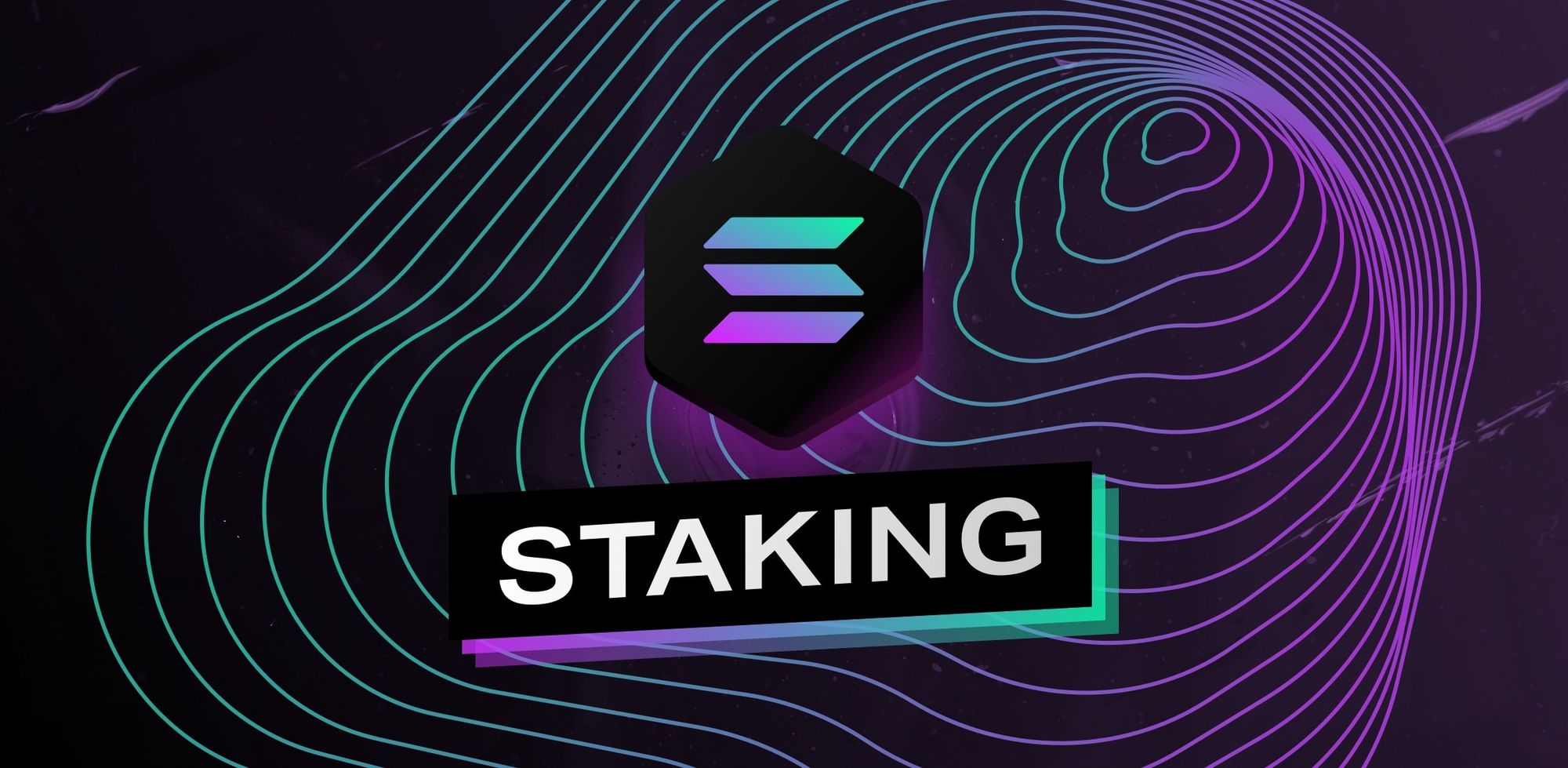The nodes of a blockchain are an essential component of its security. A participant in a blockchain network is referred to as a «node.» There is no possibility of a blockchain existing without blockchain nodes.
Decentralization is the essential quality that distinguishes blockchain technology from other technologies, and it is one of the reasons cryptocurrency has been so revolutionary. Bitcoin and the vast majority of other cryptocurrencies are not managed by a single server or a centralized network of servers. Instead, it operates in a peer-to-peer (P2P) fashion. Because of network nodes, people can communicate with one another without the need of a middleman or other third party.
Functions of Nodes
When a miner wants to add a new block of transactions to the blockchain, that information is broadcast to all of the network nodes as a block. Nodes evaluate a block’s correctness and decide whether to accept or reject it (validity of signatures and transactions). When a node agrees to save and store a new block of transaction data, it does so on top of any previously accepted data blocks. In a nutshell, nodes are responsible for the following actions:
The legitimacy of a batch of transactions is validated by the network’s nodes, which then decide whether or not to accept it.
Transaction blocks are saved and stored by nodes (storing blockchain transaction history).
This transaction history is broadcast and propagated by nodes to other nodes in the network that might require synchronization with the blockchain ( updates on transaction history are important).
The three types of Nodes
There are three distinct kinds of nodes, each of which serves a specific purpose:
Full Nodes
Full nodes are computers that keep access to the entire blockchain. Full nodes store every block, from the very first to the most recent one. Because of the breadth and depth of their knowledge, they are ideally suited for verifying cryptocurrency transactions. However, storing the entire blockchain requires a significant amount of space on the hard disk. As a result of this, Bitcoin nodes can undergo pruning. When a node is pruned, redundant information about transactions that have been fully spent is removed, which frees up space on the disk.
Lightweight Node
Lightweight nodes can act as wallets but do not store the entire blockchain in their memory. They must establish connections with full nodes before their transactions can be broadcast to the network. Light nodes are popular among users because they make sending and receiving bitcoins simple.
Mining Nodes
Mining nodes validate and confirm transactions when they are added to blocks. In the beginning stages of blockchain, every miner was responsible for operating their mining node. These days, most miners collaborate on mining projects within mining pools. By combining the efforts of multiple miners into a single mining node, these pools make the most of the benefits that come from working together. Because of this, they have a greater possibility of winning the mining reward.
Final Thoughts
Nodes are essential to the functioning of a blockchain network because they ensure that all participants are truthful and maintain the integrity of the data. Most blockchain networks use monetary incentives, such as mining or staking, to encourage users to run entire nodes in their networks. Nevertheless, users put up their complete nodes for free regardless of the incentives offered because they have faith in the long-term viability of a project and want to do all they can to support and maintain it. However, keep in mind that operating a complete node comes with risks and costs.
Even though there are various online instructions, setting them up can be too complicated for individuals with no prior experience with blockchain technology or programming. Therefore, you should never be afraid to consult the blockchain industry experts.
If you are interested in getting expert level information, TOPNODE is one of the best network operators, from creation to all stages of project development. We are actively involved in the whole validation process, participate in various blockchain projects and contribute significantly to the research and development of modern blockchain technology.




